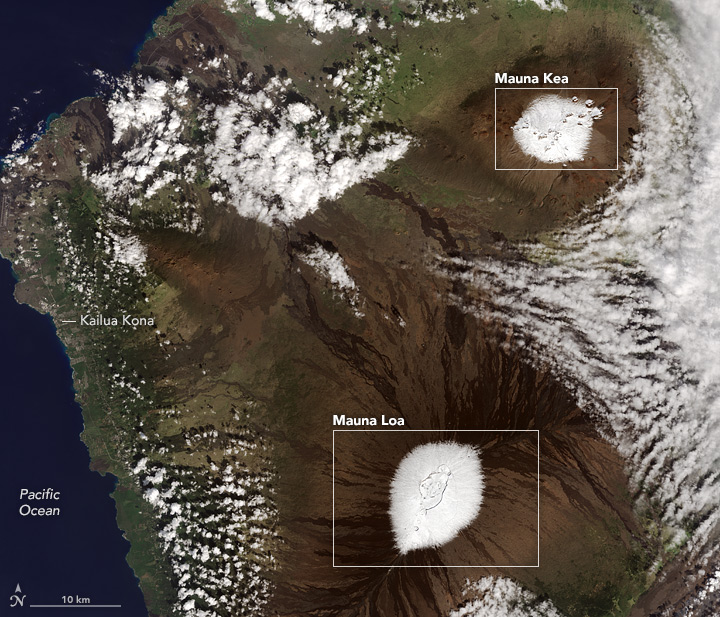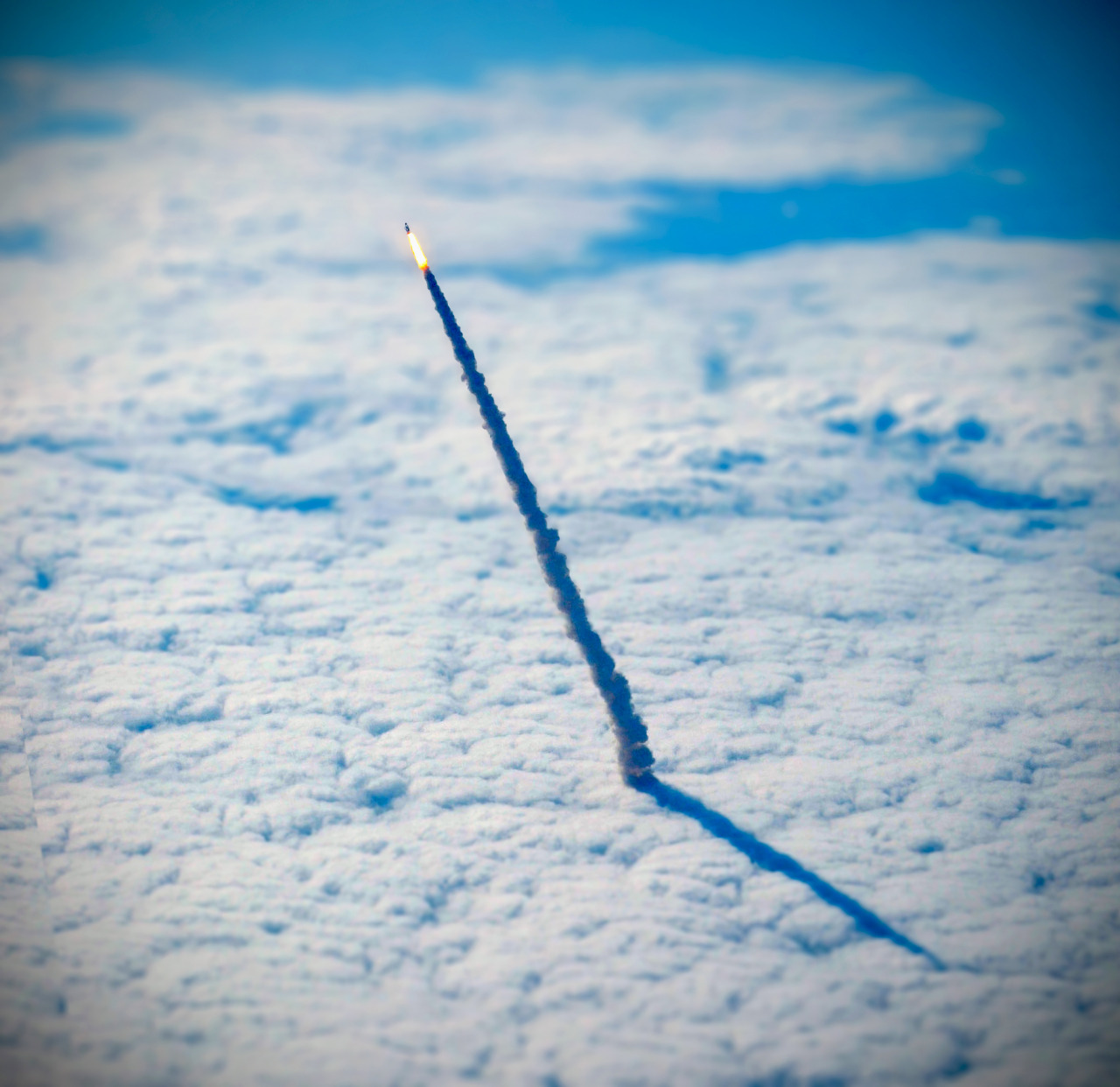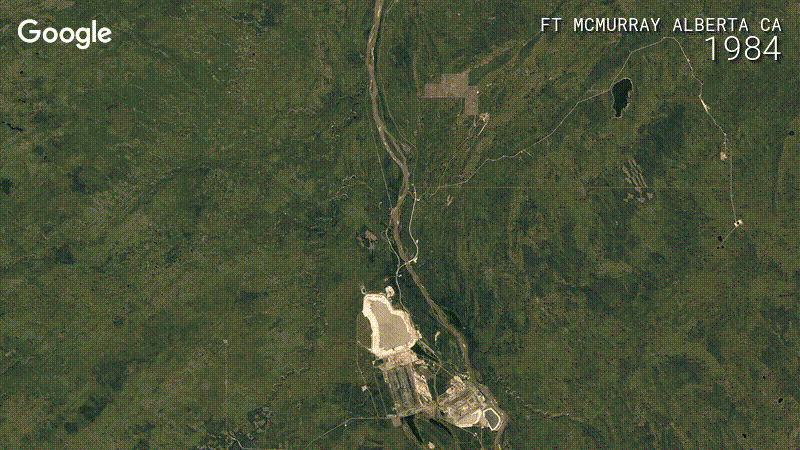Friday, December 30, 2016
Everything you need to know to start coding web maps
And then there's Part 2: Learn how to code your first web map step by step.
And then there's extra materials, summaries, and source code.
DataMapper Inflight
The (free) DataMapper Inflight app turns a DJI drone into an advanced remote sensing = mapping tool. Now all you need is a drone...
Sunday, December 25, 2016
Saturday, December 24, 2016
TED Talks about Maps and Geography
Here is a compilation of the Top 20 most inspiring TED videos about maps and geography. I'll be watching.
Friday, December 23, 2016
The latest on SLR
Michael Oppenheimer and Richard Alley provide some perspective and updated SLR values (Science, 16 December 2016): 184 cm by 2100.
Global Surface Water Explorer
Turns out that there were 2.78 million square km permanent and 0.81 million square km seasonal surface water on Earth in 2015. For more, see the Global Surface Water Explorer (powered by Google Earth Engine).
Wednesday, December 21, 2016
CO2 in the Atmosphere
This new viz of CO2 in the atmosphere is pretty cool, but not all that useful - it lacks any explanation of what we are seeing. More about it here.
Tuesday, December 20, 2016
Climate Change Impacts
Here are several great new websites:
- The U.S. Climate Resilience Toolkit allows you to assess and take action in terms of climate resilience.
- The Climate Explorer provides data and graphs of past, current, and future climate change for any location (Example: Westfield).
- The IMPACT2C web-atlas explores and visualizes the impacts of global warming on tourism, energy, health, water, and more for Europe.
The Probability Cheatsheet
The Probability Cheatsheet is pretty intense, but everything is available on Github. Also nice: the compilation of free data science books.
Sunday, December 18, 2016
How to Talk to a Climate Skeptic
How to Talk to a Climate Skeptic is a comprehensive compilation of the most common arguments 'against' global warming.
Friday, December 16, 2016
World Population Density
This World Population Density map is nicely-done and interactive, displaying population statistics in a pop-up window that adjust to your zoom level.
Thursday, December 15, 2016
Energy, Tectonics, Climate Change, Land Use Change
Teaching earth science to middle school students is challenging for a variety of reasons, so these lesson plans and resources around Energy, Tectonics, Climate Change, Land Use Change should be useful.
The Tectonics module also includes Web GIS investigations and is further discussed in A Curriculum-Linked Professional Development Approach to Support Teachers’ Adoption of Web GIS Tectonics Investigations (Bodzin et al.).
As usual, the authors argue that a) Web GIS is a much better pedagogical tool than 'old' maps or printed worksheets and that b) Web GIS provides an active learning environment as students are able to query and explore hazards near them (as opposed to hazards that they will never experience).
The Tectonics module also includes Web GIS investigations and is further discussed in A Curriculum-Linked Professional Development Approach to Support Teachers’ Adoption of Web GIS Tectonics Investigations (Bodzin et al.).
As usual, the authors argue that a) Web GIS is a much better pedagogical tool than 'old' maps or printed worksheets and that b) Web GIS provides an active learning environment as students are able to query and explore hazards near them (as opposed to hazards that they will never experience).
Tuesday, December 13, 2016
Thursday, December 8, 2016
World Population History
World Population History is a rich interactive map starting at 1 CE and ending in 2100. They provide a useful How-To section, Teacher's Resources, and this video:
World Population from Population Education on Vimeo.
World Population from Population Education on Vimeo.
Live Stream Gauges
Live Stream Gauges show real-time stream gauge observations of stage height and discharge as an ArcGIS Online map. Cool, but requires an AGO subscription.
Monday, December 5, 2016
Infrastructure and Electricity
The Washington Post ran a nice article around 6 maps depicting the 'spatial anatomy' of the US infrastructure, including the electrical grid, bridges, pipelines, railroads, airports, and ports/inland waterways. These go nicely with their earlier effort on Mapping how the United States generates its electricity.
ArcGIS and Python
Interesting in the connections between ArcGIS and Python? Programming in ArcGIS with Python – A Beginners Guide is a good place to start.
Friday, December 2, 2016
Nice from Google
Two new apps / tools from Google:
- PhotoScan is a smartphone app that makes it easier to 'scan' documents using your smartphone.
- Data Studio is their new data viz product.
Connectography
Connectography is interesting = how are countries connected? The web map uses Harvard's WorldMap system which is a nice and well-established web mapping platform.
3D Printing of Maps
'Mapping' Videos
Video Maps are a new tool to display a YouTube travel video with synchronized Google Maps and Street View. I have seen this before with gps4sport, but that seems to have disappeared.
Thursday, December 1, 2016
Maps into PPT
Yep, you can add editable maps into Microsoft PPT slides - here's a simple tutorial with examples. Or, go big and use ArcGIS Maps for Office.
Tourists vs. Locals
Tourists vs. Locals (or: where people take photos) is another great mapping effort by Eric Fisher. Read more about it here or have a look at Boston.
Four Cool Videos
Here are four fun and useful videos:
- What the Fahrenheit?! by Veritasium tells the story of the Fahrenheit temperature scale.
- Diving Between the Continents by Smarter Every Day dives into the Silfra fracture in Iceland (you can skip the first and last part of the video).
- Earth's History Plays Out On A Football Field 'maps' 4.6 billion years onto 100 yards.
- How Humans Made Malaria So Deadly by MinuteEarth.
Subscribe to:
Comments (Atom)






